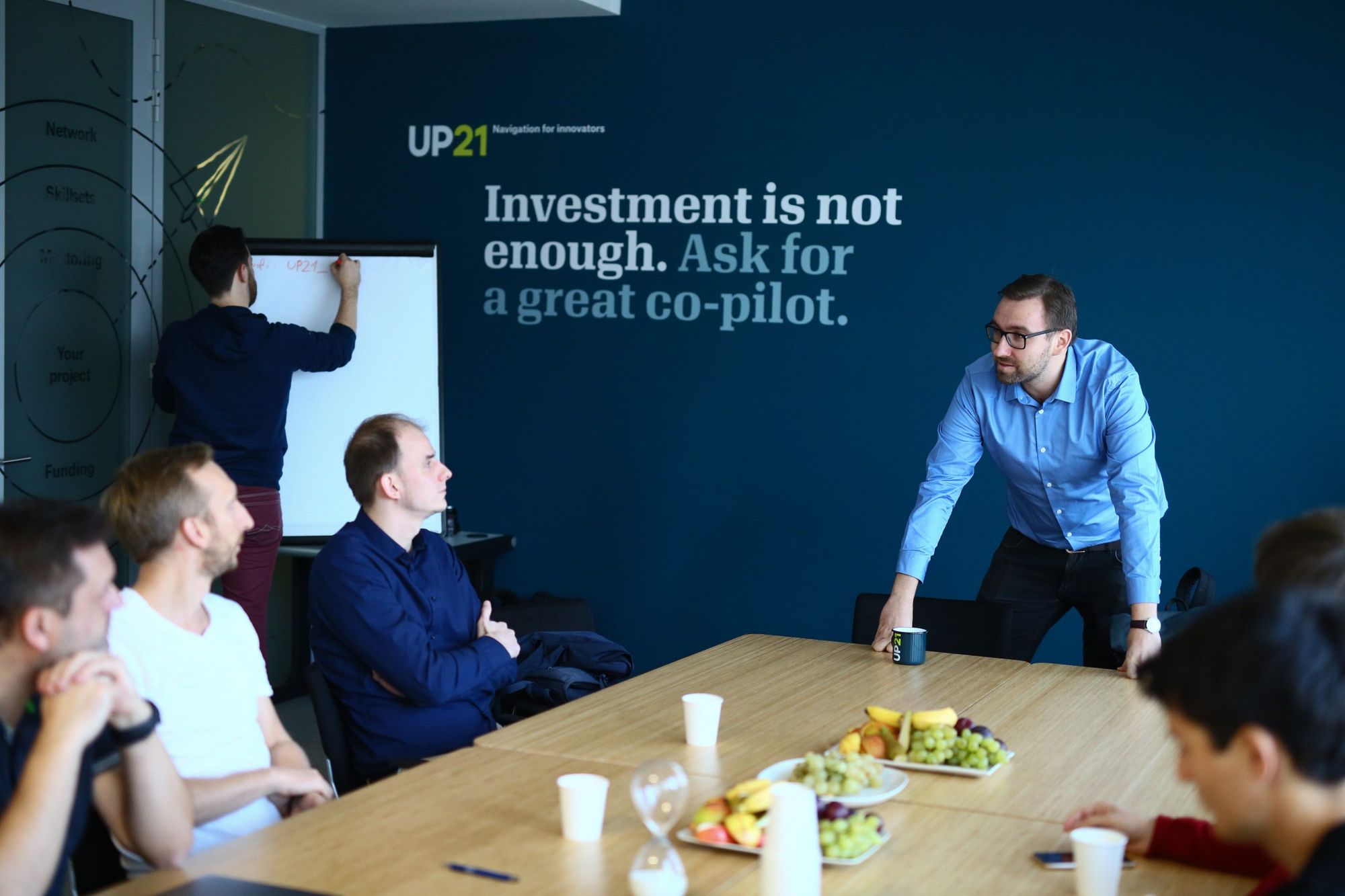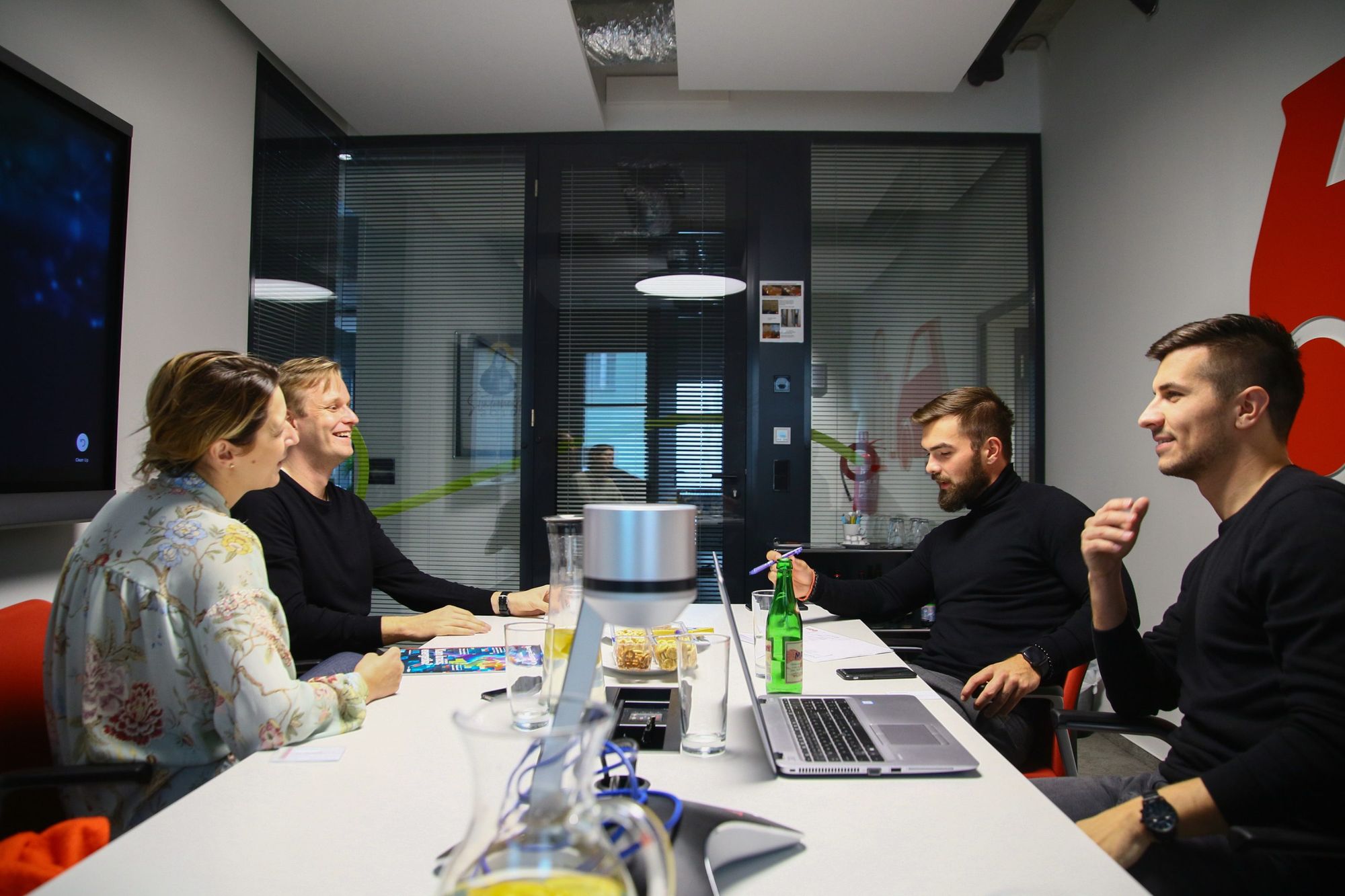After previously elaborating on the Hungarian, Polish and Slovak innovation scene, our series of articles about the V4 region’s startup ecosystem has come to an end. We say goodbye to this flourishing entrepreneurial pool with one of the jewel boxes of Europe, which gave the world AVAST, Kiwi.com and the new feeling of waiting for your online ordered groceries at home. Let’s take a look at what Czechia has to offer—other than its fantastic beer and baroque architecture.
If a nation has such thinkers as Otto Wichterle, who came up with the idea of contact lenses, or Yan Yansky, who discovered the four blood types, it’s no wonder that its innovation of the 21st century is also thriving. In the previous pieces, we mentioned that although Central and Eastern Europe may seem small and insignificant compared to huge startup superpowers, one shouldn’t judge a book by its cover.
The Czech startup ecosystem is actively developing. The country was ranked 24th in the Global Innovation Index in 2021—whereas they only held 27th place in 2019. According to a summary on the Startup Jedi, 50% of its active population are entrepreneurs, which is a huge number, even if not all of them consider themselves startups. But needless to say: conditions seem favorable for the development of business. What’s even more interesting is that even if you’re a foreigner, you’ll have a decent chance to find an investor who will support your idea. Looking at moving to Silicon Valley? Why though? Czechia is way closer!

In what fields are Czech startups good at?
The Czech ecosystem is strong in information and communication technologies. The most common product types are SaaS, web technologies and mobile software. Besides IT startups, other areas such as agriculture, logistics, mobility, sustainable solutions are in fashion too. Luckily, this matches with the investors’ interests too.
The country is also famous for innovative businesses in the field of cybersecurity. You have probably heard of (or seen on your computer) the antivirus company AVAST. Other internationally known unicorns—startups valued at over $1 billion—are Kiwi.com which provides unique combinations of cheap flights, trains, and buses for travelers of the world, selling 30.000 seats daily and the online grocery delivery service, Rohlik Group. The latter has already entered the German, Austrian, Italian, and Romanian markets.
It’s also high time you heard about Scinners that came up with the idea of hybrid knitted socks with a dense but flexible sole, suitable for training at the gym, as well as for walking. Or what better thing can you imagine than a personal trainer and nutritionist for dogs? A device that tracks all aspects of what and when it eats and drinks, how active it is? Actijoy also helps extend the dog’s life due to detecting the early stages of diseases. Also, there’s Mapotic, a platform that allows users to share information about their favorite places and create communities around locations. And the list with creative solutions and crafty startups goes on.

Where are the good Czech startups located?
A fortunate aspect of the Czech ecosystem is that the country is not centralized in that matter. Both the capital city and other regions, cities are key players in this game. Even though most startups are based in Prague, the second-largest city, Brno, for example, is also an important place for entrepreneurs. Big corporations like IBM and Red Hat (the world’s leading provider of enterprise open source solutions) reside in Brno.
According to the 2019-2020 issue of the Czech Startup Report, published by Keiretsu Forum, in the past few years, “the proportion of startups who reside in Prague and those who do not, quite significantly change, to the benefit of other regions”. The report is published every two years, and the previous edition stated that the ratio of Prague-based startups and those not from the capital was fairly even. In 2020 two-thirds of the innovative businesses came from other markets.

This is mainly due to the increasing number of regional innovation centers and support programs. If you are thinking about Czech startups, you should not leave out Ostrava, Karlovy Vary or Plzeň either.
We have stated before that Czechia is a good place for foreign startups, so let’s examine how local entrepreneurs relate to stepping out of their bubble. A fundamental aim of the V4 Startup Force, Design Terminal’s scholarship startup program for businesses across the CEE countries are building a network and expanding in the region. From this viewpoint, it doesn’t seem like a good tendency that, for the vast majority of Czech startups, their own country is the primary business region. “Startupists think more locally and regionally, even despite awareness of the small size of the Czech market,”—says the above-mentioned Startup Report.
The role of the V4 Startup Force Program
V4 Startup Force helps startups thrive locally. As one of the mentors in the program, businessman Willy Benkő put it: “You have to grow where you are planted.” After a startup plants its feet here, then world fame is not out of the option either. But only after that. The program—supported by the International Visegrad Fund—focuses on the innovation ability of talents to help their faster market penetration and provides further opportunities for the startups by inspirational events, access to local accelerators, startups from other industries and potential clients from neighboring countries.

As per usual, we wanted to offer you some visual footage and a palpable representation of the Czech scenery. Take a closer look at the ecosystem of Prague with V4 Startup Force’s latest team from Czechia, called OnSinch, who provide a platform for project and staff management.
According to the latest Startup Report, the motivation behind starting a startup is the desire to make their dreams a reality. They want to create something no one else did, contribute to a better world, and be their own bosses. We are pretty sure that these can be applied to every V4 country we have examined in the last few weeks in the columns of Hype and Hyper. The Visegrad region is evidently blossoming and we are here to follow its next steps.

Smell—an exciting tool to reconnect with our bodies

“Geniuses pick green, but you didn't pick it”—Would you? | Interview with CMF Designer Tereza Nikolova










